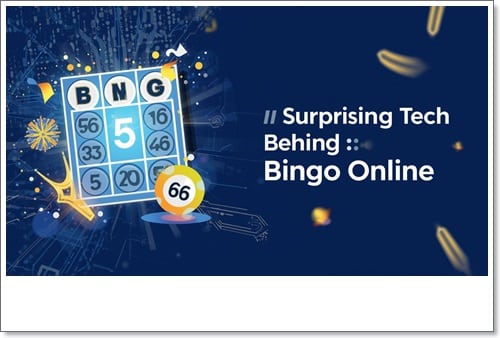
When most adults hear the word “bingo,” they picture crowded halls, numbered balls, and a caller announcing results to an eager audience. Yet in the digital era, bingo has transformed far beyond its traditional format. Today, bingo online represents more than just a virtual adaptation of the game—it has become a fascinating case study in technology, digital culture, and community-building among adults players.
From Halls to Servers: The Tech Shift
The migration of bingo into online spaces began in the late 1990s alongside the broader wave of internet-based entertainment. Early versions were simple and lacked the real-time interaction that players valued in physical settings. What has changed since then is the level of sophistication. Advanced server infrastructures now support thousands of simultaneous users, ensuring smooth performance without lag or disconnection.
Even more interesting is the way developers integrate multimedia technologies into bingo platforms. Animated graphics, customizable avatars, and chat systems replicate the energy of traditional bingo halls, but with a digital twist. The seamless coordination between these elements highlights how far real-time networking and interface design have evolved.
Community at the Core
Unlike many online pastimes that focus purely on solo engagement, bingo online thrives on social interaction. Digital chat features are not just add-ons; they are central to the experience. Participants exchange messages, celebrate small wins, or simply keep each other company during sessions. This emphasis on interaction has made bingo platforms a microcosm of online community building.
In many ways, they echo the evolution of early internet forums or modern social media, where the content itself is important, but the shared experience and connections keep users coming back. The resilience of these communities demonstrates how powerful digital social spaces can be when they are designed to encourage inclusivity and camaraderie.
Data and Personalization
Another noteworthy aspect is the role of data analytics. Platforms track user preferences to improve interface design, tailor themes, and enhance the user journey. While this raises ongoing conversations about digital privacy, it also reflects how personalization has become a central trend across all areas of technology. From music streaming services to news aggregators, the principle is the same: users expect technology to adapt to them, not the other way around.
Cross-Platform Adaptability
With the rise of mobile devices, bingo online had to make a leap from desktop browsers to smartphones and tablets. This wasn’t just about resizing screens—it required rethinking user interfaces, optimizing performance for mobile data connections, and ensuring accessibility. Now, many platforms are fully integrated across devices, allowing seamless transition between mobile and desktop play.
This mirrors broader shifts in technology, where cross-platform design is no longer a luxury but a necessity. From workplace apps to entertainment platforms, adaptability ensures relevance in an era where users expect flexibility.
The Cultural Relevance of Digital Bingo
It’s easy to underestimate bingo’s impact in the tech space. But when you zoom out, bingo online is more than just a pastime—it reflects the convergence of social interaction, real-time networking, and digital community-building. In a world where so much of our connection happens virtually, it serves as a reminder that technology can still foster human interaction, even through something as simple as a grid of numbers.
Final Thoughts
The evolution of bingo into online spaces underscores how technology transforms even the most traditional activities. What started as a paper-and-pen game has become a testbed for online community design, server architecture, and cross-platform adaptability. Whether you’re interested in the cultural aspect or the technological underpinnings, bingo online offers a surprising lens through which to view the intersection of human connection and digital innovation.